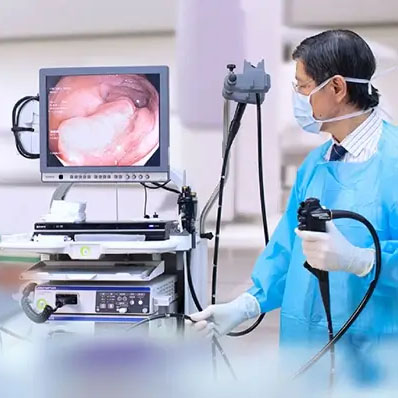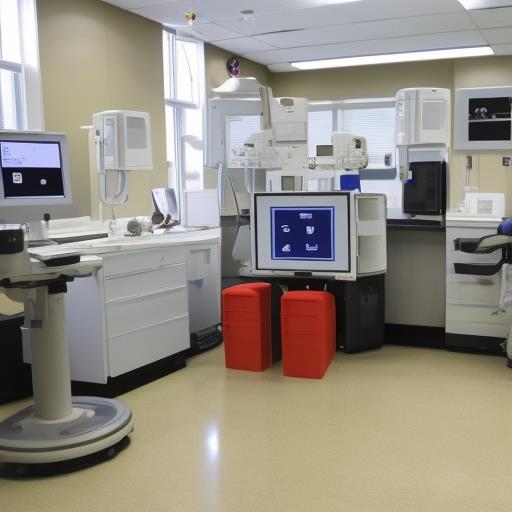What is orthopedic surgery?
Discover the world of orthopedic surgery devices and equipment with this comprehensive guide. From understanding the different types and uses of orthopedic surgical instruments to exploring the benefits they offer, this informative article is designed to assist medical professionals in making informed decisions when selecting the most suitable equipment for orthopedic procedures. Whether you’re a seasoned orthopedic surgeon or a medical professional looking to expand your knowledge, this guide will provide valuable insights into the essential tools of orthopedic surgery.
Introduction to Orthopedic Surgery Devices
Orthopedic surgery devices are specialized tools and equipment used in orthopedic surgical procedures to treat musculoskeletal conditions and injuries. These devices are designed to aid orthopedic surgeons in performing precise and effective surgical interventions, ranging from repairing bone fractures to replacing damaged joints. The use of orthopedic surgery devices has revolutionized the field of orthopedic surgery, allowing for improved patient outcomes and faster recovery times.
The importance of using specialized equipment in orthopedic surgery cannot be overstated. These devices are specifically crafted to address the unique challenges presented by musculoskeletal conditions, providing surgeons with the tools they need to perform intricate procedures with precision and accuracy. From surgical instruments to implants and prosthetics, orthopedic surgery devices play a crucial role in ensuring successful surgical outcomes.

Types of Orthopedic Surgery Devices
Surgical Instruments
Orthopedic surgical instruments encompass a wide range of tools, including scalpels, forceps, retractors, and drills. These instruments are designed to facilitate various aspects of orthopedic procedures, such as cutting, grasping, and drilling, allowing surgeons to perform delicate maneuvers with ease and precision.
Implants and Prosthetics
Implants and prosthetics are used to replace or support damaged or missing bone and joint structures. These devices are often made from biocompatible materials such as titanium or ceramic, and they are meticulously designed to mimic the function and structure of natural bone and joints.
Surgical Power Tools
Surgical power tools, such as drills and saws, are essential for performing precise bone cuts and shaping during orthopedic procedures. These tools are powered by electricity or compressed air, enabling surgeons to execute intricate surgical tasks with efficiency and accuracy.
Orthopedic Surgical Navigation Systems
Orthopedic surgical navigation systems utilize advanced imaging technology to provide real-time guidance during surgical procedures. These systems offer 3D visualization and navigation assistance, allowing surgeons to accurately place implants and perform complex reconstructions with enhanced precision.
Uses of Orthopedic Surgery Devices
Orthopedic surgery devices are utilized in a wide range of surgical interventions, including:
Repairing Bone Fractures
Orthopedic instruments and implants are used to stabilize and repair fractured bones, facilitating the healing process and restoring the structural integrity of the affected bone.
Replacing Damaged Joints
Implants and prosthetics are employed to replace damaged or degenerated joints, such as hip or knee joints, to alleviate pain and restore joint function.
Correcting Deformities
Orthopedic surgery devices are utilized to correct musculoskeletal deformities, such as limb length discrepancies or spinal curvature abnormalities, improving the patient’s mobility and quality of life.
Treating Sports Injuries
Orthopedic surgical equipment is often used to address sports-related injuries, such as ligament tears or cartilage damage, enabling athletes to regain optimal function and performance.
Benefits of Using Specialized Orthopedic Surgery Devices
The use of specialized orthopedic surgery devices offers several benefits, including:
Precision and Accuracy in Surgical Procedures
Orthopedic devices enable surgeons to perform procedures with exceptional precision, minimizing tissue damage and optimizing surgical outcomes.
Faster Recovery for Patients
By utilizing advanced orthopedic instruments and implants, patients experience reduced trauma during surgery, leading to quicker recovery times and improved postoperative mobility.
Improved Long-term Outcomes
The use of high-quality orthopedic devices contributes to enhanced long-term outcomes, ensuring the durability and functionality of orthopedic implants and prosthetics.
Reduced Risk of Complications
Specialized orthopedic equipment helps minimize the risk of surgical complications, such as implant failure or malalignment, leading to improved patient safety and satisfaction.
Selecting the Right Orthopedic Surgery Equipment
When choosing orthopedic surgery devices, several factors should be considered, including the device’s compatibility with surgical techniques, the surgeon’s proficiency with the equipment, and the specific needs of the patient. Additionally, the quality and reliability of orthopedic equipment are paramount, as they directly impact the safety and effectiveness of surgical interventions.
Conclusion
Orthopedic surgery devices and equipment play a pivotal role in the field of orthopedic surgery, enabling surgeons to perform complex procedures with precision and efficacy. From surgical instruments and implants to advanced navigation systems, these devices are essential for addressing musculoskeletal conditions and injuries, ultimately improving patient outcomes and quality of life. By understanding the different types, uses, and benefits of orthopedic surgery devices, medical professionals can make informed decisions when selecting the most suitable equipment for orthopedic procedures.

